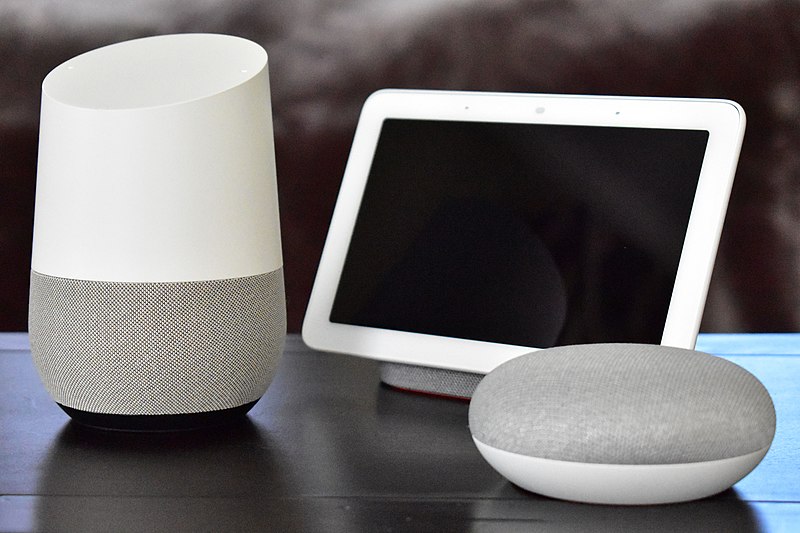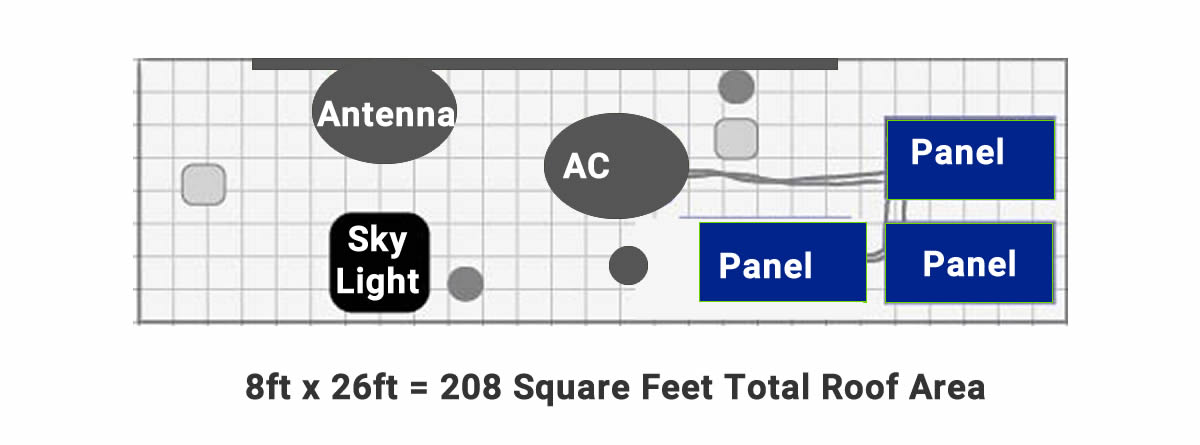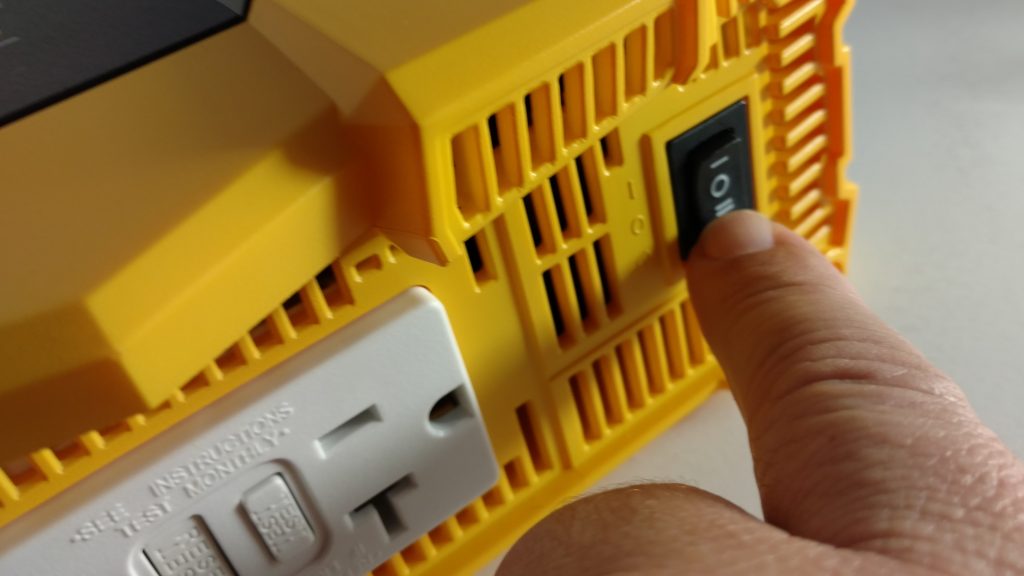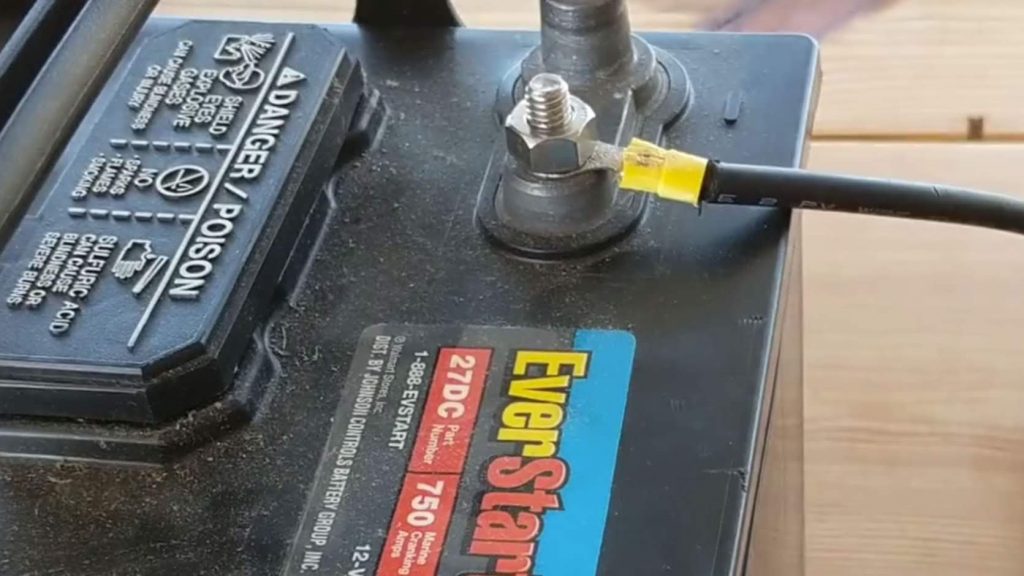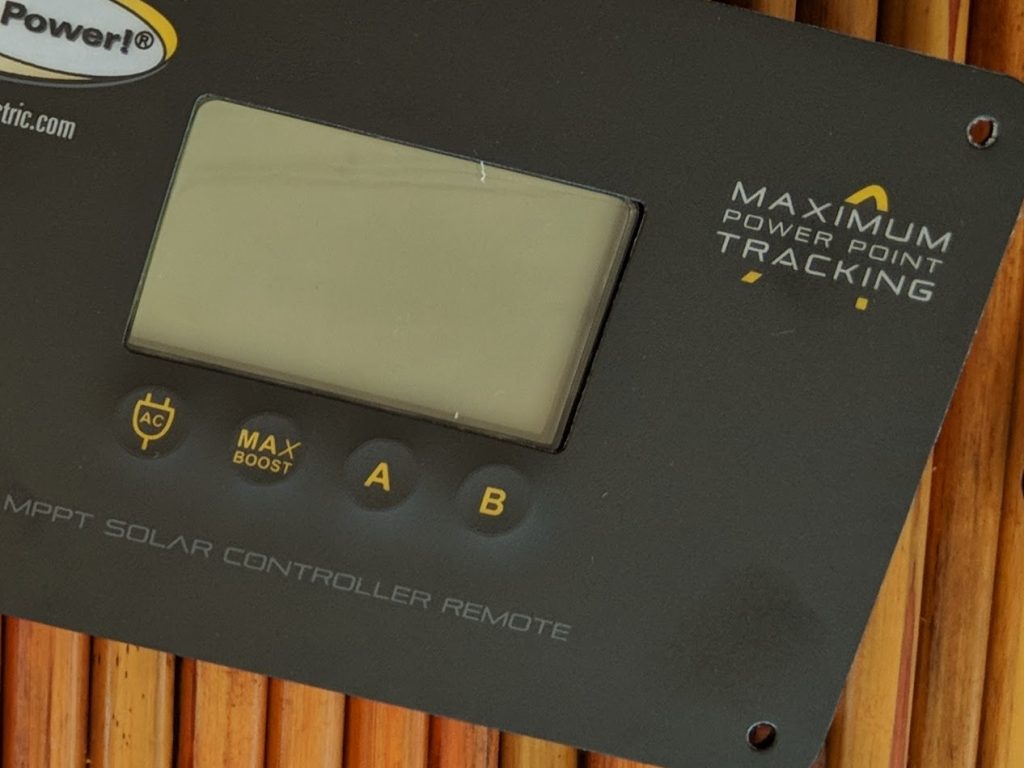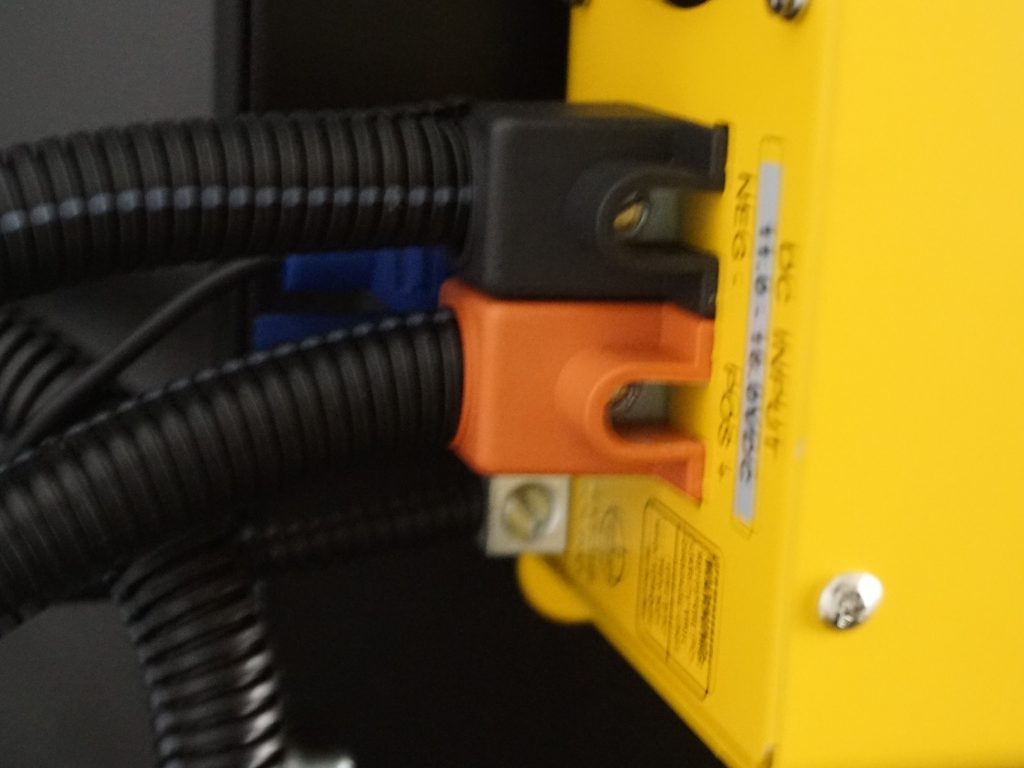
Updated: (January 2020): This article hopes to help a novice solar designer information on sizing an RV Solar System. Quickly help the reader determine how much solar they need that will fit within the constraints on their RV. It takes some calculations and real-world information, but in the end, you should be able to easily size your new solar charging system for your RV.
The podcast
If this content is useful, please take the time to share on social media, blogs, and forums. It helps us keep creating. Thank You!
Determine your budget for solar
How much solar you need is determined more by your budget than any other factor. 190 Watt Solar panels each have a cost associated with their purchase and installation. If you have a large budget ($3000+), you can most likely skip this step. If you have a smaller budget, then this may be the overall limiting factor of your RV Solar system.
Sample RV solar kit cost as of January 2020
- 190 Watt Solar Panel Kit with 30 Amp PWM Charge Controller ranges from $600 to $700
- 190 Watt Solar Panel Kit with MPPT-40 Amp ranges from $950 to $1050
- Each additional 190 Watt solar panel expansion kit ranges from $440 to $540 dollars each

Currently, the most efficient panels on the market are around 190 watts. These panels will give you the greatest bang for your buck while minimizing the number of panels needing to be mounted. A 190 watt solar kit with wires and charge controller from a quality brand will run you less than $700.00 if you use a PWM controller.
The best solar panel today is the 190-watt solar panel. It produces about 9.6 amps and very efficient. A high-quality 190-watt panel will produce about 9.2 amps on a 70-degree sunny day with an average altitude in the southern U.S.
Yes, your solar system can grow on your RV as money and budget allow. The main limiters of system size will still be in control of the maximum system: Budget and Roof Space. Using a charge controller rated in the 30 amp range will allow a single panel system to grow to three 190 watt panels.
Calculate Loads You Want To Use Off-Grid to size RV solar system
Calculating the loads on your RV is not terribly difficult, but it is sometimes hard to account for every item you will want to run in all scenarios.
Amps * Volts = Watts
You can use a solar calculator or a solar calculation form to help you determine the draw from all of the loads you are wanting to use. Find the load of your appliance or device you would like to use. Then you can take into account the amount of time you would like to use the item.
Check out our list of items RVers often want to use off-grid. Here are a couple of items from that list.
Choose a solar panel type
Right now the main two sizes of solar panels used on RVs are 190-watt panels and 100-watt solar panels. These are the most efficient panels (January 2020) and are sized as follows:
- 190-watt solar panel rated at 9.3 Amps:
Go Power 190 (GP-PV-190M) Width 59.06 Inches X 26.3 Inches
This panel is 10.79 square feet and produces 17.60 watts per square foot - 100-watt solar panel rated at 5.43 Amps:
Go Power 100 (GP-PV-100M) Width 47.09 Inches X 21.46 Inches
This solar panel is 7.02 square feet and produces 14.25 watts per square foot
Choose a solar charge controller
There are 2 main flavors of charge controllers that are on the market today.
- PWM Solar Charge Controllers (Pulse Width Modulation)
- MPPT Solar Charge Controllers (Maximum Power Point Tracking)
Choosing this charge controller will allow you to either maximize your budget or maximize your output. MPPT charge controllers are better and will allow you to store more power in your RV batteries. PWM charge controllers are less efficient but are about 25% of the cost of a comparable amperage controller. For the most part PWM controllers on allowing for parallel wiring where an MPPT controller can allow for series wiring, series-parallel, and parallel wiring, thus offering you even more choices in system design.
For more information on system design check out these articles:
- Issues with series solar panel wiring ( Shading )
- Designing RV solar system wiring design
- Choosing the best charge controller for your RV solar system
Determine available roof space for installing panels
A standard RV today is 96 inches or 8 feet wide. There are some Class A motorhomes that are wider and some trailers and truck campers that are more narrow, so be sure to get your exact width.
Determine the total square footage of your RV’s roof.
- Determine the width of your RV
The width should be calculated by finding the usable width of your RV’s roof.
- Determine the length of your RV
The length of your RV should be the length of the roof, do not include any length that does not have a roof, like a trailer tongue or cargo rack.
- Multiply Length X Width
This will give you an idea of the absolute maximum square footage on your roof. This square footage will not be all useable to mount solar panels. You will still need to remove square footage from areas with air conditioners, vent pipes, TV antennas, awnings, roof racks, skylights, and fan ports.
- Draw sample RV Roof.
Draw a sample RV roof using your width and length. Note all items on the roof that will keep you from mounting a solar panel. Consider how roof-mounted items and penetrations will cause shading on your panels and remove these areas from potential layout areas.
- Create a sample layout for solar panels
You will now have a good sample of what your RV roof looks like and can create a sample layout for your solar panels. This will be a huge help in sizing your rv solar system because you cannot put more panels than your roof can handle.

Determine if the number of panels needed will fit on the RV roof
When sizing your RV solar system, If your ideal solar calculations call for 3 solar panels but your roof space only allows for 2 panels. You will either need to reduce your off-grid loads or add a portable solar panel to increase your total wattage.
Summary of how much solar do you need on your RV
The answer for Sizing RV Solar System is pretty obvious when you think about how much solar you will need when considering the factors above. The answer is always more. The reason is that when you have bad weather or intense shading, more panels will produce more power. There are areas and times when you will go off-grid that even the most meticulously designed RV system will not produce enough power. You can add safety margin and extra batteries to help with these times, but there will be times when it just won’t be enough.
My suggestions for designing your RV Solar System:
If you run through this process, you will have a good idea of how many panels will make the best system for your RV.

- Start by adding as many solar panels as your budget allows
- Then reduce the number of solar panels to match what your solar controller can handle
- Then reduce the number of solar panels that can easily fit on your RV’s roof
Your solar panel charging system will be designed to take power from the sun to charge your batteries and power your inverter. See some of the components in an RV solar system.
If this content is useful, please take the time to share on social media, blogs, and forums. It helps us keep creating. Thank You!


